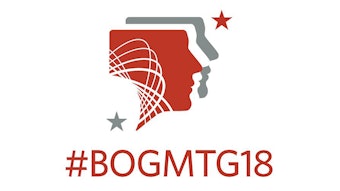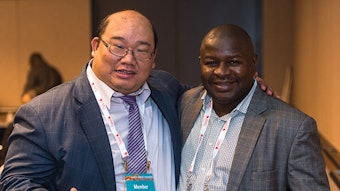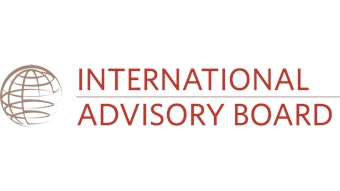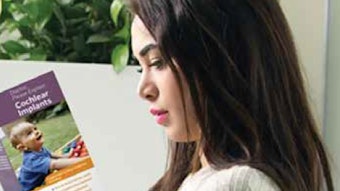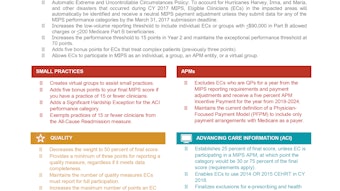Surgical mission in Cusco, Peru’s good outcome
From July 28 to August 6, 2017, I traveled to Cusco, Peru, to participate in a week-long surgical mission at the EsSalud Hospital sponsored by Medical Missions for Children (MMFC).
Elizabeth Knecht, MD
Pediatric Otolaryngology Fellow
University of Michigan
From July 28 to August 6, 2017, I traveled to Cusco, Peru, to participate in a week-long surgical mission at the EsSalud Hospital sponsored by Medical Missions for Children (MMFC). More than 200 children were screened, including children in need of dental care. From these screenings, 60 children were selected for surgical procedures. These included cleft lip repair, cleft palate repair, and microtia repair—both stage 1 and stage 2.
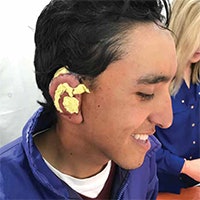 Larry had been teased for his deformity, but this mission has helped him to
Larry had been teased for his deformity, but this mission has helped him toovercome that challenge.
Our team was composed of three American otolaryngologists: David A. Zopf, MD (University of Michigan), Benjamin Paul, MD (Manhattan Facial Surgery Suites), Phillip L. Chaffin Jr., MD (Peak ENT Associates) and one Peruvian plastic surgeon, Mariano Sota, MD, as well as other support staff including a pediatrician, a speech language pathologist, five anesthesiologists, nurses, scrub techs, dentists, and countless others.
The trip was an incredible opportunity to be immersed in another culture and meet new people. But the best part was interacting with our patients and their families. One of my favorite patients was Larry, a 20-year-old with an infectious smile and contagious optimism. He was born with right-sided microtia, and his grandmother remembers that, as a young child, he was often bullied because of his deformity. Yet, somehow Larry managed to maintain a positive attitude. In fact, his grandmother said she thinks that he was able to use these experiences to build his independence and self-confidence.
Two years ago, Larry heard about MMFC and came to the screening clinic, but there just wasn’t time for him in the surgical schedule that year. But he didn’t give up hope or become bitter. He simply returned the following year. Thanks to his perseverance, he received his first stage microtia repair. Larry was overjoyed, and it showed! After surgery, he became a leader on the ward—encouraging the other microtia patients to get up and walk, explaining how to care for their incisions, and in general providing encouragement.
This year, Larry returned for his second- stage repair and was greeted by fellow patients and staff who all remembered him from the previous year. Larry’s surgery went well and when I saw him on rounds the following morning, I was not surprised to find him leading a group of teenage boys, who had also undergone microtia repairs, on their morning walk down the hallway. Before we left, Larry told me that he was going to learn English so that he could become a translator for future MMFC missions. When I asked Larry what he would tell other children with microtia who are considering surgery, he said, “Have faith in God and have faith in yourself. These doctors want to help you.”
I was humbled by Larry’s faith in us. Having never met us before, he trusted that we would give him the best care possible. He didn’t have the luxury of “Googling” us, checking our patient satisfaction scores, or even understanding our language. I sincerely hope that we did his faith justice and that when all the healing is complete, he is left with a beautiful new ear.
I am deeply grateful that the Academy chooses to invest in learning opportunities like these and in patients like Larry.
